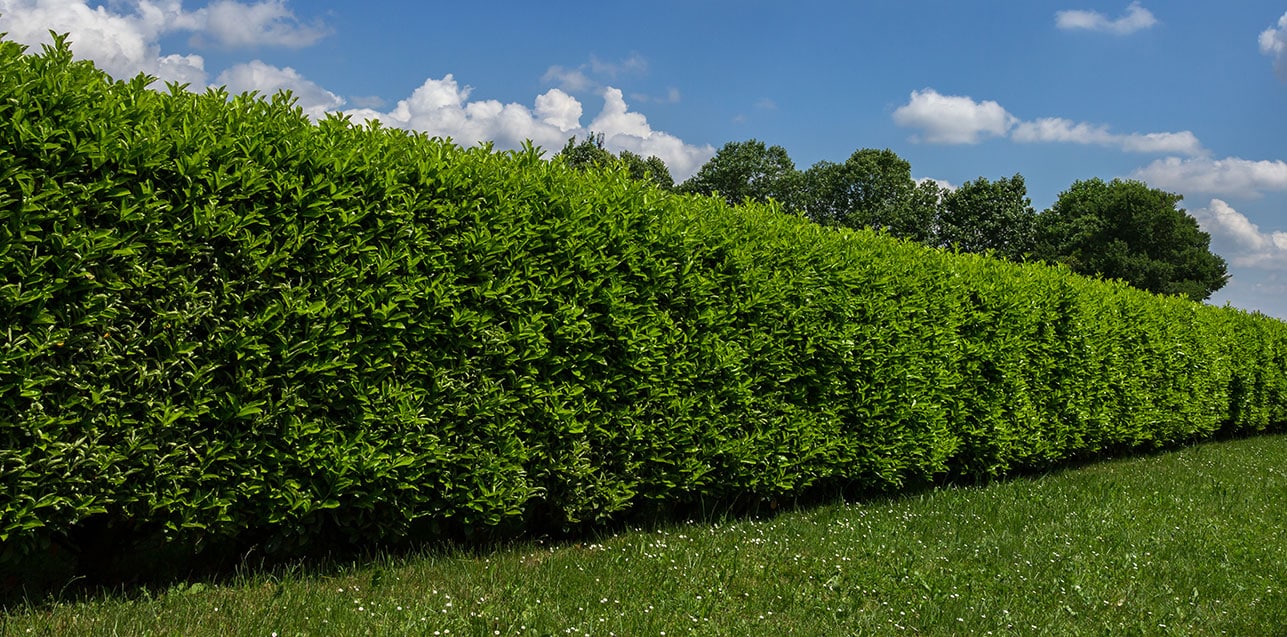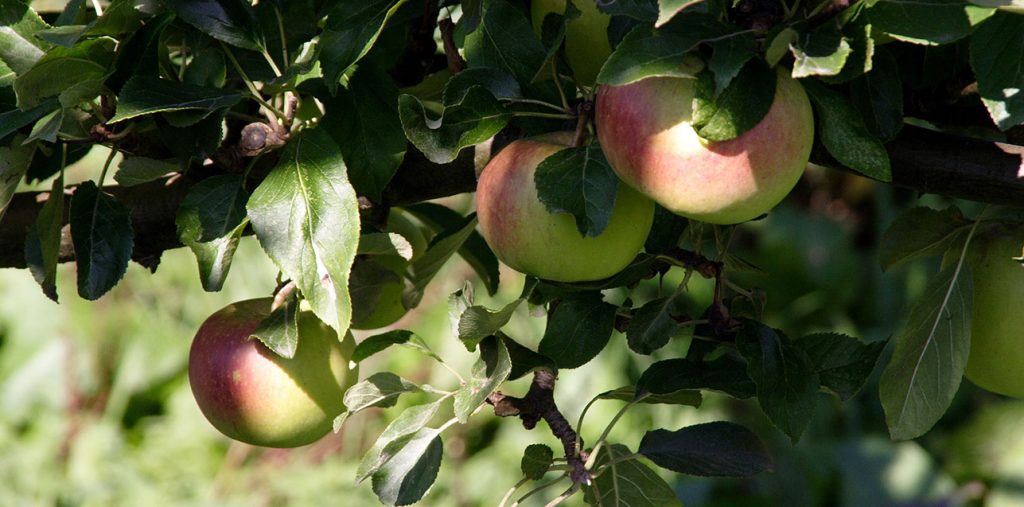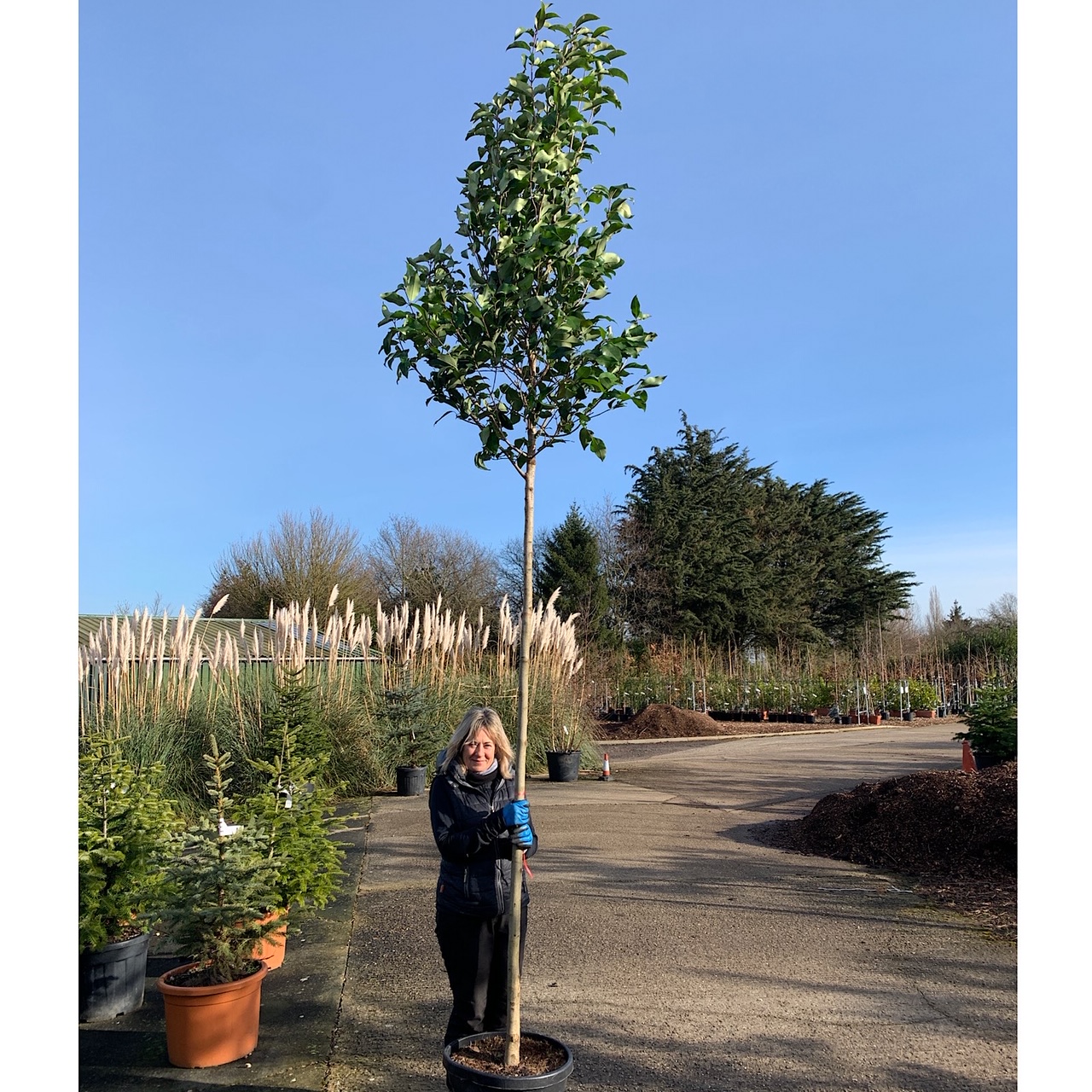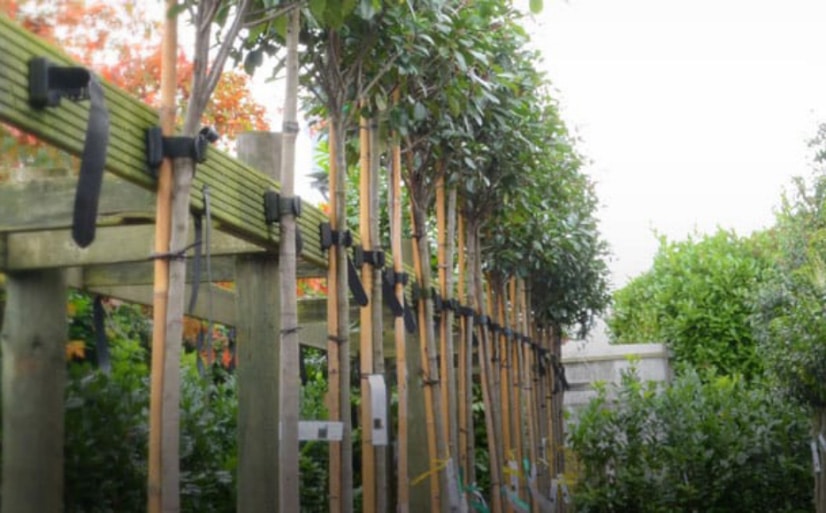Screening trees are an excellent way to create natural garden privacy. They block unwanted views at heights that fences can’t reach, helping to screen off buildings, roads, or neighbouring windows.
Trees instead of fencing?
Often fence panels are limited to a height of 1.8–2 metres (depending on local regulations). A 10-metre fence can cost £400 or more in materials alone, that is before you factor in post-crete, wood preservatives, security features and professional installation charges! Screening trees offer a more natural, long-term alternative that blends beautifully into the landscape.
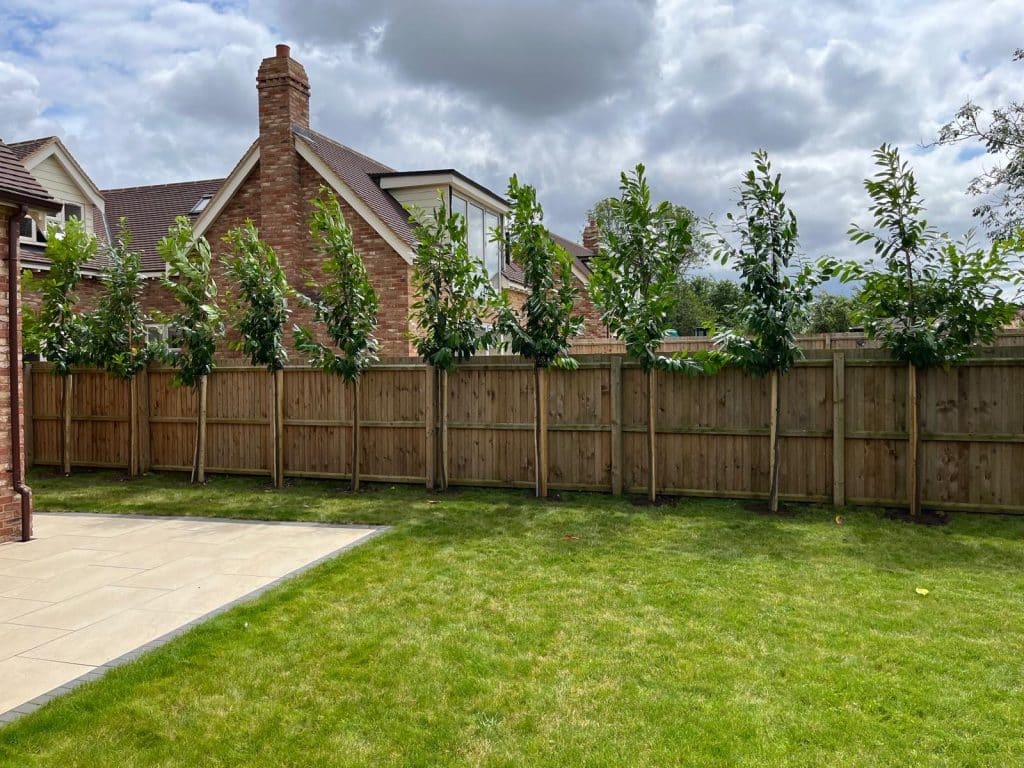
At King and Co, we offer a wide range of evergreen screening trees, including Photinia ‘Red Robin’, Cherry Laurel, Ligustrum and Magnolia. Usually standing at a height of 3m at installation, our screening trees grow taller than fences and help soften the view of unsightly new-build houses at the bottom of the garden. Check out some of our favourites below:
1. Photinia ‘Red Robin’
Photinia ‘Red Robin’ is famous for its new growth, which bursts forth in a stunning glossy red before gradually turning green. This fresh growth continues through spring and summer. To encourage a dense shape, prune it twice a year.
We offer Photinia ‘Red Robin’ in both standard tree and hedging plant form. The standard trees have a clear stem about 1.8m tall, making them ideal for raised hedges above the fence line. The hedging plants also work well to create privacy and screening. No matter the form, Photinia is a great choice to enhance gardens or boundaries year-round with its striking, vibrant colours.
Because many customers ask about using Photinia ‘Red Robin’ for screening, we’ve created a video with more information, view it here.
2. Cherry laurel (Prunus laurocerasus)
The cultivar King & Co favour is Prunus laurocerasus ‘Novita’. ‘Novita’ is proven to be hardier than its parent and is resistant to mildew and “shot hole” disease, which can stunt growth. Like other cultivars, it produces black berries that many birds enjoy.
Like Photinia, Cherry Laurel is available as a screening tree or hedging plant. Both forms work well to enhance privacy and define borders. The trees are especially good for screening above a fence line. When planted 1.2–1.5 metres apart, they create an uninterrupted raised hedge. If you only need one tree, it can be placed strategically to block a specific unsightly view.
Both the trees and hedging plants can be clipped regularly to maintain a neat shape or left to grow naturally. Laurel can also be trained onto frames as pleached trees, ideal for those who prefer a formal appearance.
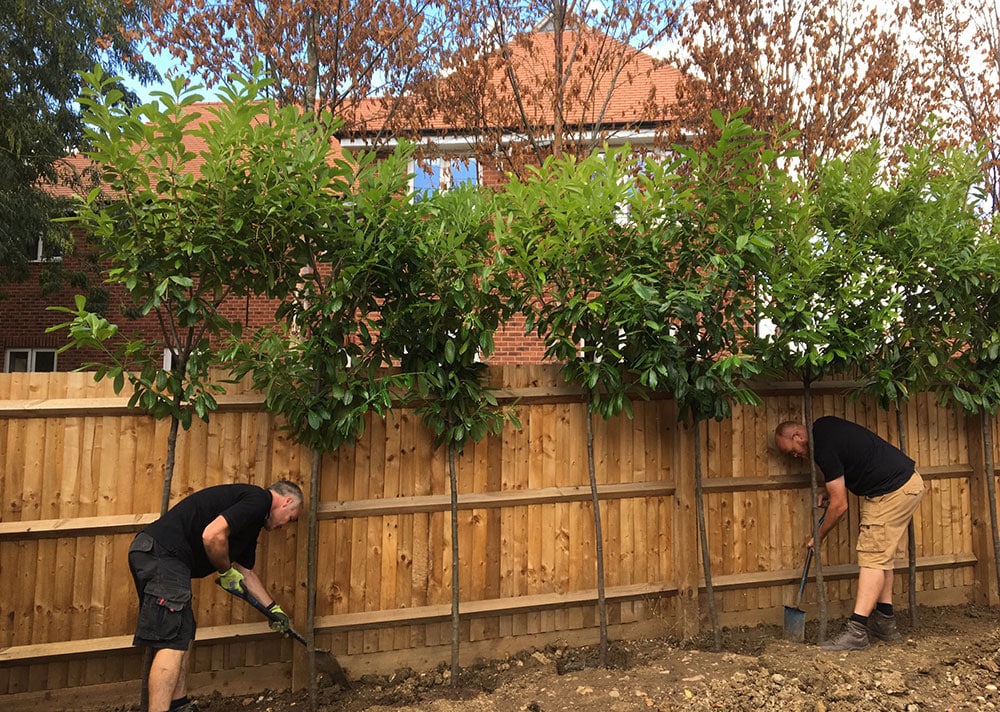
3. Chinese Privet (Ligustrum)
Chinese Privet (Ligustrum) is a great screening tree for smaller gardens. This small, semi-evergreen tree has glossy pale green and cream variegated leaves. It produces white flower panicles in late summer, which complement period homes beautifully. Chinese Privet can be clipped to stay compact or left to grow naturally.
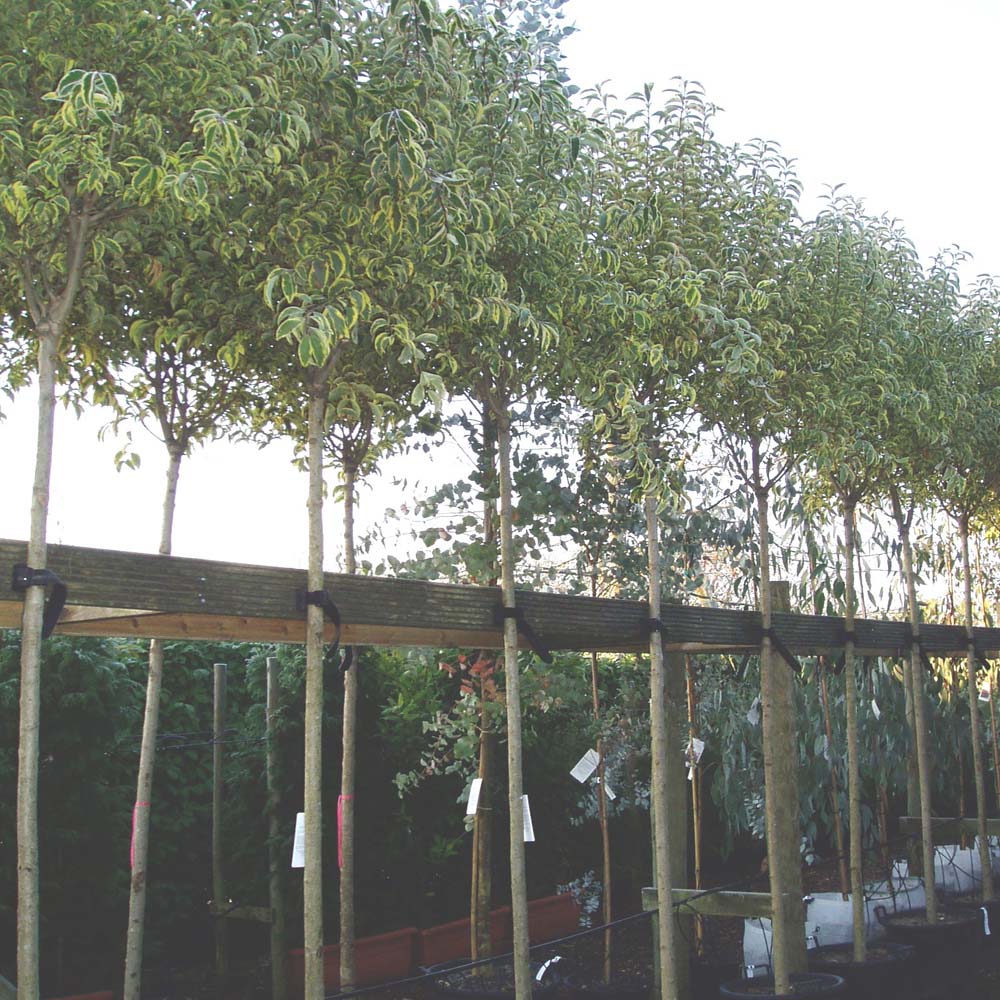
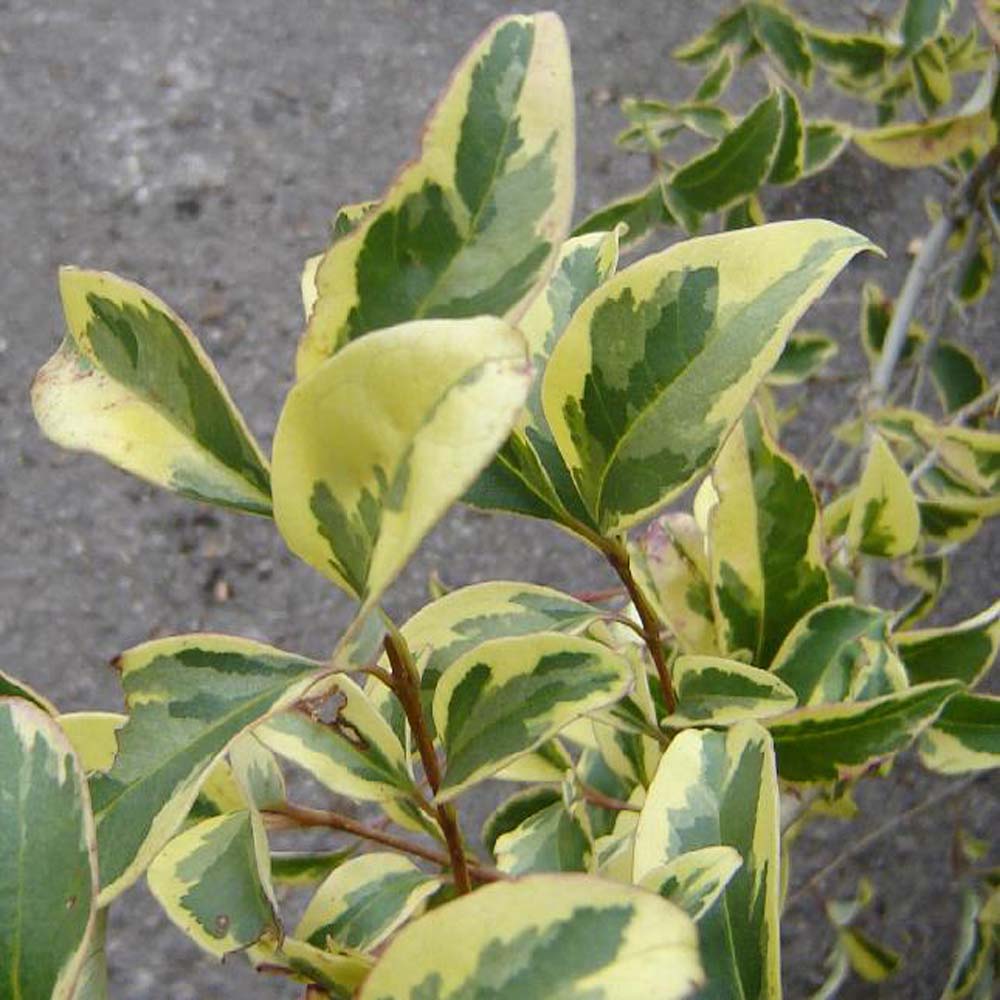
4. Evergreen Magnolia
When people hear “Magnolia”, they often picture a deciduous, dense shrub. But it’s also available as a standard tree with a 2m clear stem. Magnolia grandiflora features large, cream, saucer-shaped flowers with dark purple stamens and a light, sweet scent. It puts on a stunning display from summer into autumn. This hardy evergreen keeps its foliage all year, making it a great choice for screening. In a sunny, sheltered spot, it will grow into a medium to large tree. With regular pruning, you can keep it compact and dense, perfect for privacy.
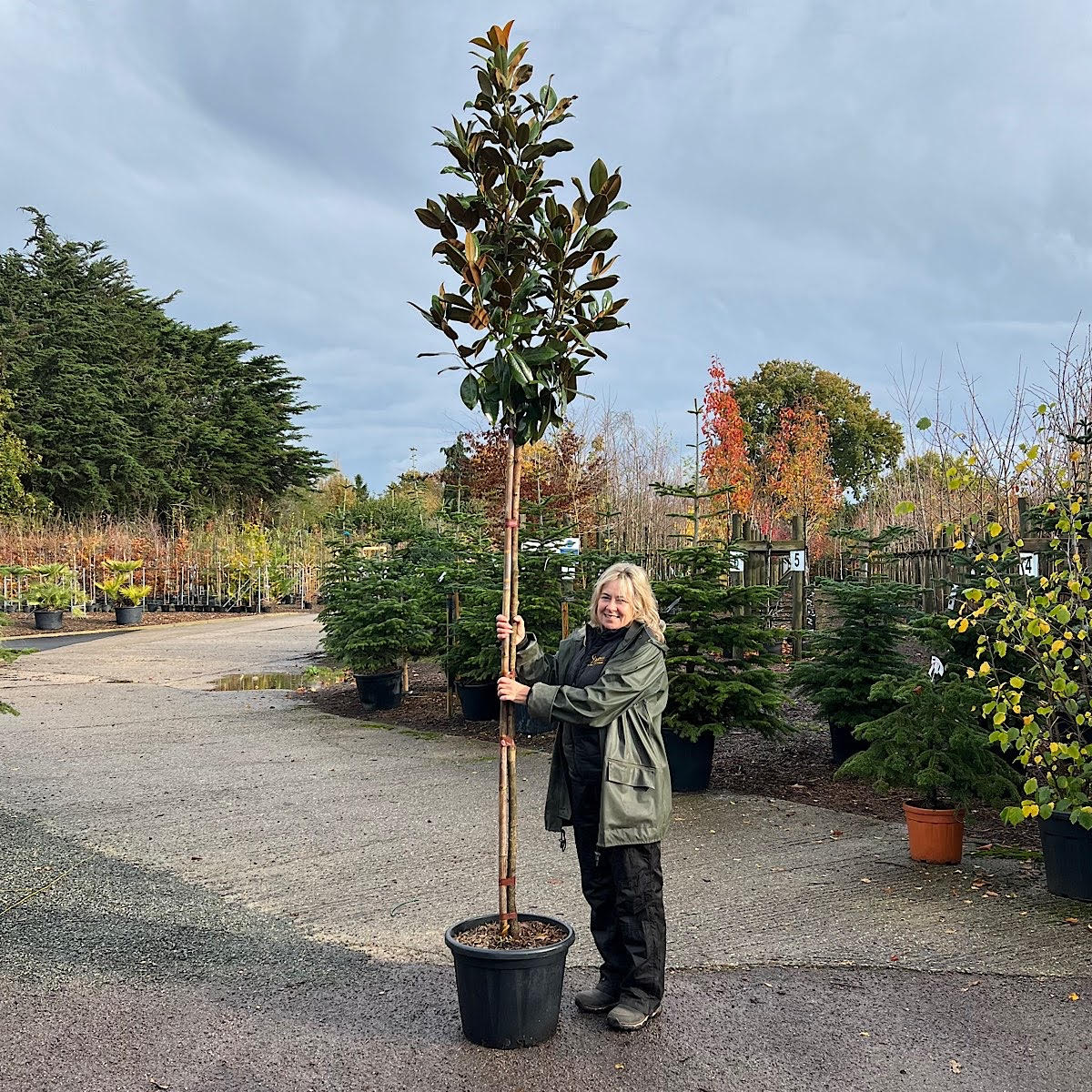
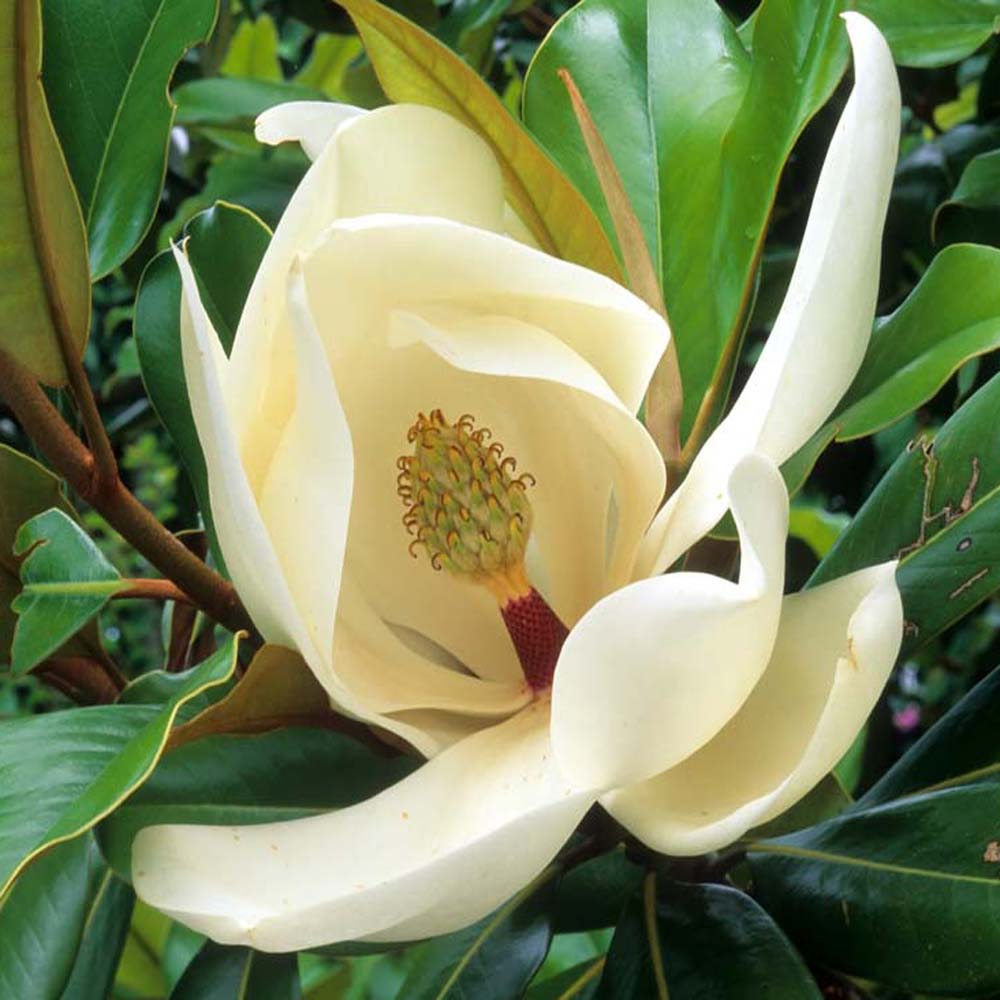
5. Japanese privet (Ligustrum japonicum)
Japanese Privet is an excellent screening tree for smaller gardens. You can clip it to keep it compact, so it creates privacy without taking over your space. It grows well in well-drained soil and prefers a sunny position. For an effective evergreen screen, plant trees 1 metre apart. The screen should fill out within 2 to 3 years.
6. Hornbeam (Carpinus betulus)
Hornbeam isn’t evergreen, but it makes up for that with a striking seasonal display. Fresh green leaves emerge in spring, turning golden yellow and orange in autumn. Its upright form adds structure and formality to gardens, avenues, and urban spaces. Hornbeam also holds onto its dead leaves well into winter, offering some screening even when bare. It’s also a great choice for clay soils, making it ideal for areas like Essex.
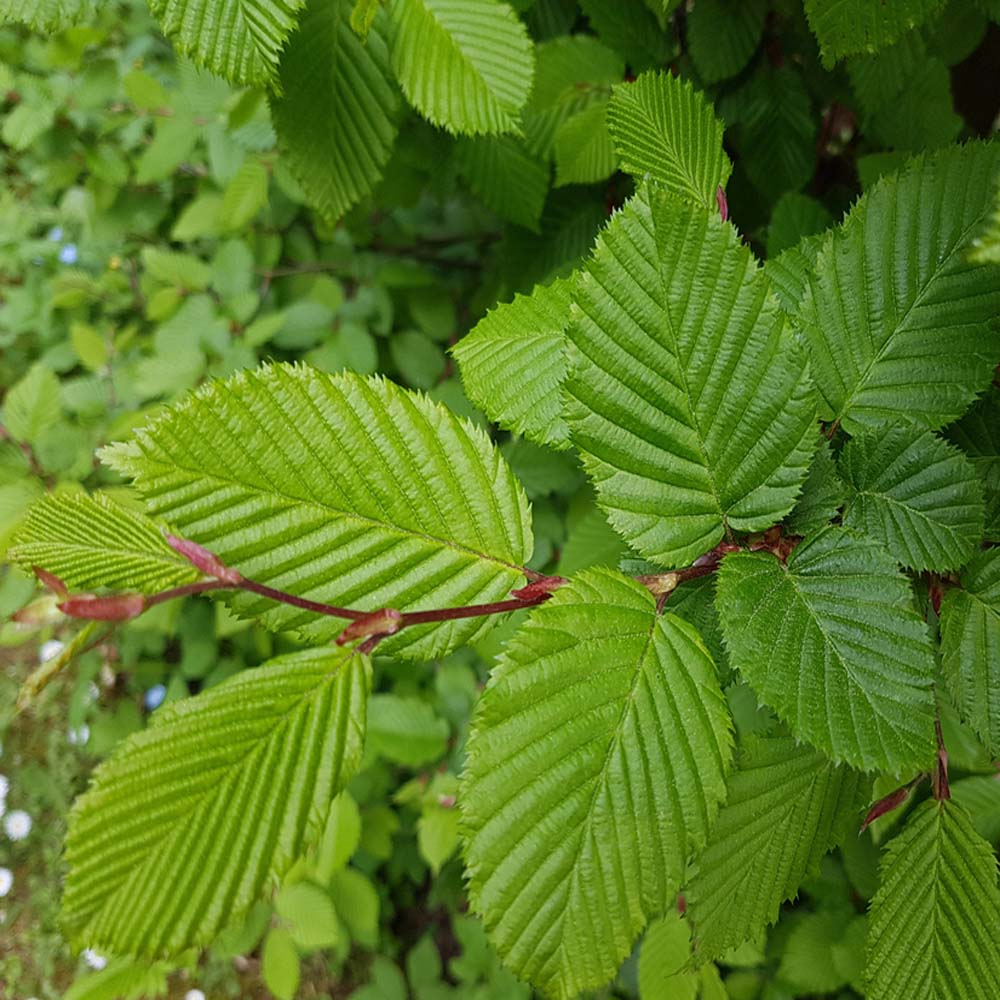
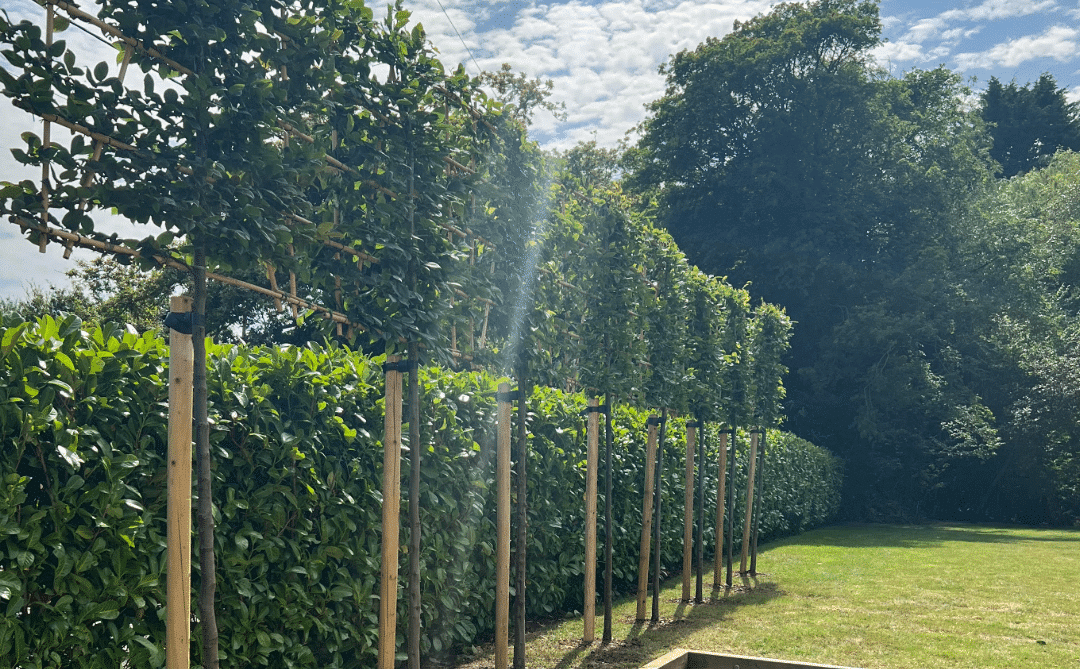
Read More:
1. Tree Care Tips: How to plant, water and maintain your trees
2. Pleached Photinia Red Robin: A Stunning Screening Solution
3. What trees are best for new build gardens?
4. Our Guide to Pleached Trees
5. Visit Our Nursery to Pick your Own Trees!


